تعتبر آلات الحفر من بين الأدوات الأساسية في أعمال المعادن والتصنيع. سواء كنت من الميكانيكي, مصمم المنتج, أو مهندس النبات, يمكن فهم كيفية عمل هذه الآلات وما هي الأنواع المتوفرة إلى حد كبير على قدرتك على إنتاج دقيقة, الأجزاء الوظيفية. يغطي هذا الدليل الشامل كل شيء من المبادئ الأساسية إلى الأجزاء وأنواع مختلفة من آلات الحفر المستخدمة في ورش العمل الحديثة.
ما هي آلة الحفر?
آلة الحفر, يُعرف أيضًا باسم Press Press أو مجرد تمرين, هو جهاز يستخدم لقطع الثقوب في مواد صلبة باستخدام أداة القطع الدوارة - عادةً ما تكون حفرًا. تعمل الجهاز عن طريق تطبيق قوة هبوطية على أداة الغزل, الذي يزيل المواد من الشغل.
اعتمادا على النموذج, إما أن تتحرك المغزل أو قطعة العمل, وبعض الآلات تسمح بالحركة في محاور متعددة لوضع ثقب معقد. معظم آلات الحفر رأسية (المغزل عمودي على الجدول), لكن آلات الزاوية الأفقية والقابلة للتعديل للأغراض الخاصة موجودة أيضًا.
تعتبر سرعات المغزل القابلة للتعديل ومعدلات التغذية ميزات أساسية, السماح بالتوافق مع مواد مختلفة (على سبيل المثال, الألومنيوم, فُولاَذ, البلاستيك, السيراميك) ومتطلبات حجم الثقب.
استخدامات آلة الحفر
حفر
هذه هي المهمة الرئيسية - صنع حفرة مستقيمة من خلال مادة مثل المعدن, خشب, أو البلاستيك. إنها الخطوة الأولى للعديد من أنواع الأجزاء والمشاريع.
التوسيع
إذا كنت قد حفرت بالفعل حفرة ولكنك بحاجة إلى أن تكون أكثر سلاسة, مستدير, أو مجرد أوسع قليلاً, يمكنك استخدام reamer. يساعد في جعل الحفرة أكثر دقة - على سبيل المثال, إذا كنت تريد ملاءمة مثالية لثنائي أو رمح.
عدادات
أحيانا, أنت لا تريد أن يخرج رأس المسمار. يخلق العدادات غطسًا صغيرًا على شكل مخروط في الجزء العلوي من الفتح.
التنصت
بحاجة إلى خيوط داخل حفرة حتى تتمكن من تثبيت الترباس فيه? هذا ما هو التنصت عليه. يمكنك استخدام أداة تسمى النقر لقطع الخيوط داخل الفتح.
ممل
لا, ليس الممل الذي يضعك على النوم! في الآلات, ممل يعني توسيع فتحة تم حفرها بالفعل. من المفيد عندما تريد دقة أفضل أو تحتاج إلى الوصول إلى حجم محدد لا يمكن أن يتعامل معه بتات حفر قياسية بمفرده.
مضاد
فكر في أن يصنع ثقبًا داخل الفتحة. يمكنك أول حفر حفرة طبيعية, ثم استخدم قاطعًا أكبر لجعل الجزء العلوي من الفتحة أوسع - عادةً لتناسب رأس الترباس أو قفل خاص.
كيف تعمل آلة الحفر
أساسيات
تستخدم معظم آلات الحفر محرك كهربائي. عندما تقوم بتشغيل الجهاز, يعمل المحرك على حلول المغزل - هذا هو الجزء الذي يدور. تعلق على المغزل تشاك, الذي يحمل بتات الحفر (أداة القطع). كما يدور المغزل, يدور بتات الحفر أيضًا, القطع في الشغل.
تطبيق الضغط
الغزل وحده لا يكفي. يجب أيضًا دفع بتات الحفر إلى الأسفل في المادة. اعتمادا على الجهاز, يمكنك دفعها يدويًا باستخدام رافعة (مثل على مطبعة الحفر الصغيرة), أو قد يقوم الجهاز بذلك من أجلك تلقائيًا باستخدام نظام تغذية يعمل.
عقد الشغل
الآن, إليك شيء مهم للغاية: مادتك - سواء كانت قطعة معدنية, بلاستيك, أو الخشب - يجب أن تبقى ثابتًا تمامًا. إذا تحركت أثناء تشغيل الحفر, يمكن أن تسير الأمور خاطئة جدًا. لهذا السبب نستخدم المشابك, الرذائل, أو الجداول الخاصة للحفاظ على الجزء في مكانه.
اتجاه الحفر والزوايا
تحفر معظم آلات الحفر مباشرة لأسفل (رَأسِيّ). لكن بعض الآلات تتيح لك تغيير الزاوية أو حتى الحفر جانبيًا. هذا مفيد عندما تعمل على أشكال غريبة أو مواقف صعبة.
السرعة والسيطرة
يمكنك عادة تغيير سرعة الغزل اعتمادًا على ما تقوم بحفره. قد تحتاج المواد الأكثر ليونة إلى سرعات أبطأ, في حين أن أصعبها تحتاج إلى أسرع. الأمر نفسه ينطبق على مدى سرعة دفع الحفر إلى المادة - بسرعة كبيرة, ويمكن أن ينكسر الشيء; بطيء جدا, ويستغرق إلى الأبد.
أجزاء من آلة الحفر
يساعد فهم المكونات الرئيسية للمستخدمين على تشغيل الجهاز والحفاظ عليه بشكل فعال:
قاعدة - الأساس الذي يدعم الجهاز بأكمله.
عمود - هيكل الدعم العمودي الذي يربط القاعدة بالذراع أو الرأس.
ذراع شعاعي - ذراع أفقي (على الآلات الشعاعية) هذا يسمح بحركة الجانبية للمغزل.
رأس الحفر - يحتوي على المحرك ويتحكم في الحركة الرأسية للمغزل.
المنضدة - السطح الذي توضع عليه الشغل وتأمينه.
آلية التغذية - يتحكم في نزول الحفر إلى المادة.
مغزل - المحور الدوار يحمل بتات الحفر.
تشاك - حامل أداة يسيطر على بتات الحفر.
محرك كهربائي - قوى الآلة, عادة عبر الحزام أو محرك التروس.
أنواع آلات الحفر
آلة الحفر CNC
هذا هو التقنية العالية. CNC (التحكم العددي بالكمبيوتر) آلة الحفر لا تحتاج إلى الكثير من العمل اليدوي. أنت فقط تحميل البرنامج, ويتبع ذلك تعليمات لحفر الثقوب بالضبط حيث يجب أن تكون - دقيقة للغاية ورائعة لتكرار نفس المهمة مرارًا وتكرارًا.
👉 الأفضل ل: الإنتاج بكثافة الإنتاج بكميات ضخمة, أجزاء معقدة, أو العمل الفائق.
آلة الحفر الحساسة
هذا هو الكلاسيكية, النوع الذي تسيطر عليه يدويًا قد تجده في ورش العمل المدرسية أو متاجر الآلات الصغيرة. تقوم بتخفيض بتات الحفر باستخدام رافعة, ويمنحك "شعور" أو ردود فعل جيدة أثناء الحفر.
👉 الأفضل ل: العمل الخفيف وعندما تريد المزيد من التحكم باليد.
آلة الحفر الشعاعية
فكر في هذا مثل ذراع طويلة مع تدريبات في النهاية. يمكن أن يتأرجح الذراع وتحريك التدريبات إلى مواقع مختلفة دون تحريك الجزء الذي تعمل عليه. سوبر مفيد للكبير, الأشياء الثقيلة التي يصعب التحول.
👉 الأفضل ل: قطع كبيرة أو محرجة لا يمكن نقلها بسهولة.
آلة الحفر المستقيمة
هذا واحد أصعب من الحفر الحساسة. عادةً ما يكون لديه تغذية طاقة لدفع بتات الحفر تلقائيًا. هذا يعني عمل أقل لذراعيك ونتائج أكثر اتساقًا.
👉 الأفضل ل: وظائف متوسطة إلى شاقة مع مواد أكثر سمكا.
آلة حفر العصابات
إنه مثل عدة تدريبات متتالية, كلها مثبتة على نفس القاعدة. كل واحد يقوم بمهمة مختلفة - مثل الحفر, مقبض, أو عدادات - دون تحريك الجزء. حرك قطعة العمل أسفل الخط, وقد تم ذلك.
👉 الأفضل ل: القيام بالعديد من العمليات بسرعة في نفس الجزء.
آلة حفر الثقب العميق
هذا واحد مصنوع لحفر ثقوب عميقة حقًا - أعمق من التدريبات العادية التي يمكن التعامل معها. عادة ما يكمن مسطح (أفقي) ويستخدم أجزاء خاصة ومبرد للحفاظ على نظافة ودقيقة.
👉 الأفضل ل: مهاوي, براميل, أو أي شيء مع ثقوب طويلة.
آلة الحفر متعددة spindle
تحتاج إلى حفر الكثير من الثقوب مرة واحدة? يحتوي هذا الجهاز على العديد من أجزاء الحفر التي تعمل في نفس الوقت. يوفر الكثير من الوقت إذا كنت تصنع نفس الجزء مرارًا وتكرارًا.
👉 الأفضل ل: إنتاج كبير الحجم عندما تحتاج إلى العديد من الثقوب التي تم حفرها بسرعة.
آلة الحفر المحمولة
نعم - هذا هو التدريبات المحمولة التي يعرفها معظم الناس. من السهل حملها ورائعة للحفر في المساحات الضيقة أو أعمال البناء في الموقع. بعضها تعمل بالبطارية, قابس آخرون.
👉 الأفضل ل: وظائف سريعة, إصلاحات, أو عندما لا يمكنك إحضار الجزء إلى الجهاز.
مطبعة الحفر الصغيرة
صغيرة ولكنها قوية. يستخدم هذا واحد لحفر ثقوب صغيرة جدًا - غالبًا ما يكون أصغر من ملليمتر. ستحتاج إلى يد ثابتة والكثير من الصبر.
👉 الأفضل ل: إلكترونيات, مجوهرات, أو الأجزاء الميكانيكية الصغيرة.
آلة الحفر من نوع البرج
هذا يشبه الأداة carousel. يمكن أن تحمل عدة أجزاء من الحفر مرة واحدة, ويمكنك التبديل بينهما دون الاضطرار إلى التوقف وتغيير الأدوات يدويًا.
👉 الأفضل ل: عندما تحتاج إلى القيام بعمليات متعددة في إعداد واحد - يوفر الوقت ويحسن الدقة.
ملخص
آلات الحفر لا غنى عنها في التصنيع الحديث, قادرة على إنتاج كل شيء من الثقوب البسيطة وحتى الضيق والمعقدة الدقيقة والمعقدة, ميزات ثقب متعددة المراحل. من وحدات أعلى مقاعد البدلاء إلى أبراج CNC المتقدمة, يقدم كل نوع أدوارًا فريدة في ورشة العمل أو المصنع.
يعد فهم النوع الصحيح من الجهاز لاستخدامه - والحفاظ على العملية المناسبة - مفتاحًا لضمان دقة جزء, كفاءة, والإنتاجية طويلة الأجل.
تريد قطع غيار محفوظة احترافية?
في قمم الدقة, نحن متخصصون في حفر CNC عالية الدقة, التوسيع, التنصت, و اكثر. قم بتحميل ملف التصميم الخاص بك لتلقي عرض أسعار فوري وبدء مشروعك بدعم الخبراء اليوم.
الأسئلة الشائعة
س1: ما هو الفرق بين الملل والتمديد?
أ: ممل يوسع حفرة مسبقة بدقة; تقديري يحسن استلامه وإنهاء السطح.
Q2: هل يمكن أن تقوم التدريبات المحمولة بأداء عمل دقيق?
أ: يمكنهم ذلك, لكن الآلات الثابتة أو CNC أفضل للمهام عالية الدقة والقابلة للتكرار.
س3: ما هي المواد التي يمكن أن تتعاملها آلات الحفر?
أ: المعادن (فُولاَذ, التيتانيوم, الألومنيوم), البلاستيك (أسيتال, Ultem), المركبات, وبعض السيراميك.
س 4: ما هي آلية التغذية الشائعة للحفر?
أ: تغذية الرافعة اليدوية في الآلات الحساسة; تدريبات الطاقة التي تحركها المحرك في تدريبات مستقيمة و CNC.
اقرأ المزيد:
تاريخ التصنيع باستخدام الحاسب الآلي
مواد التصنيع باستخدام الحاسب الآلي

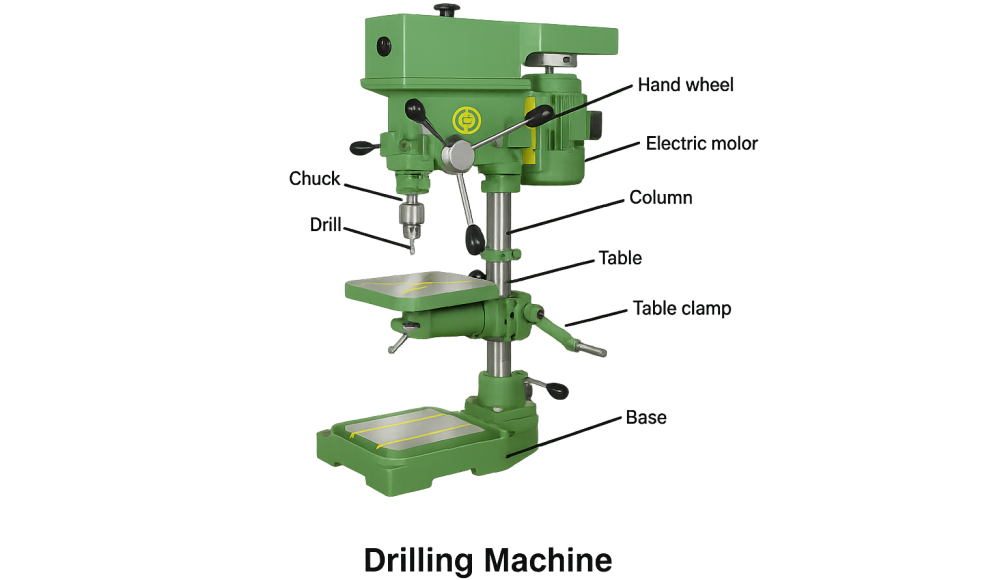
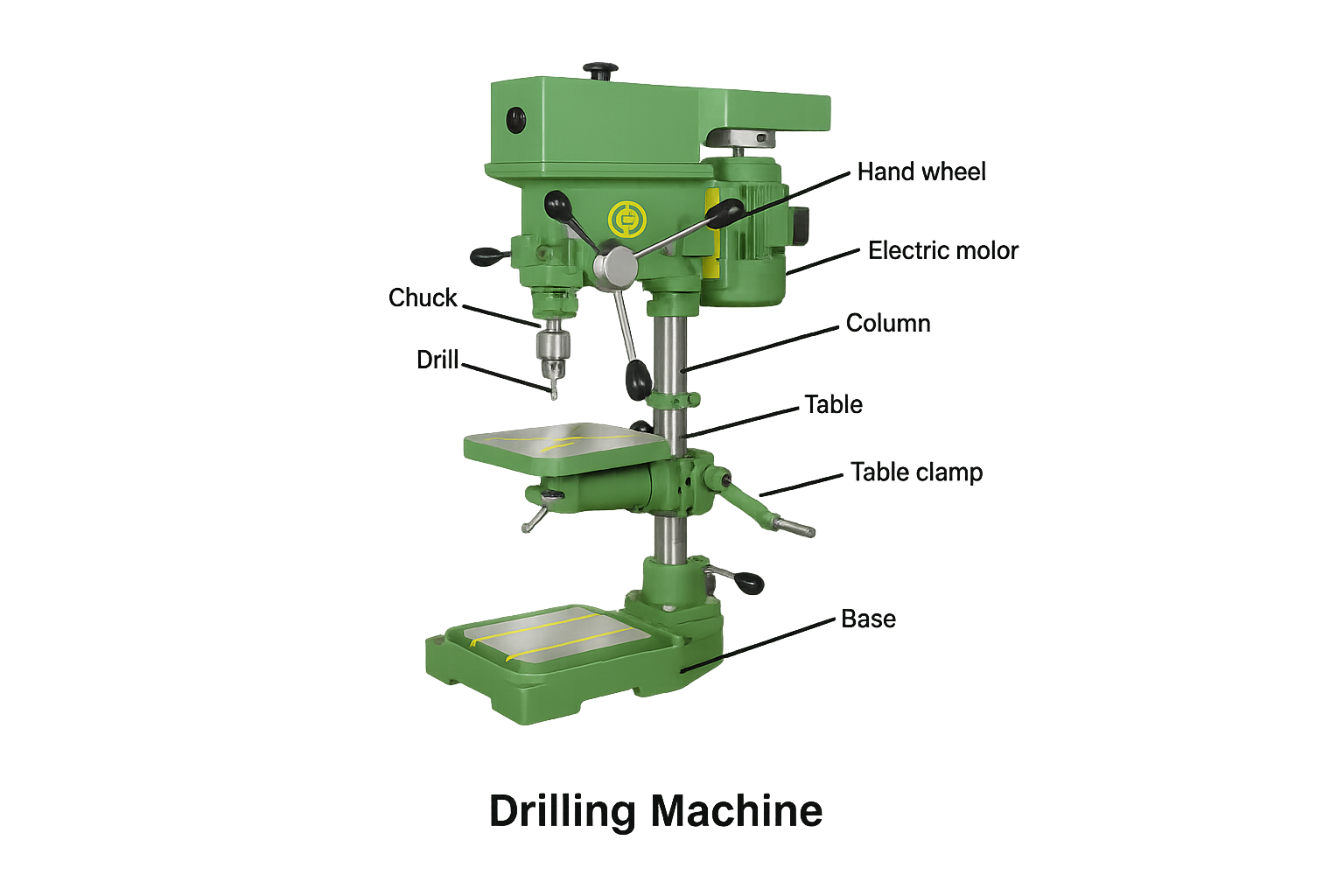
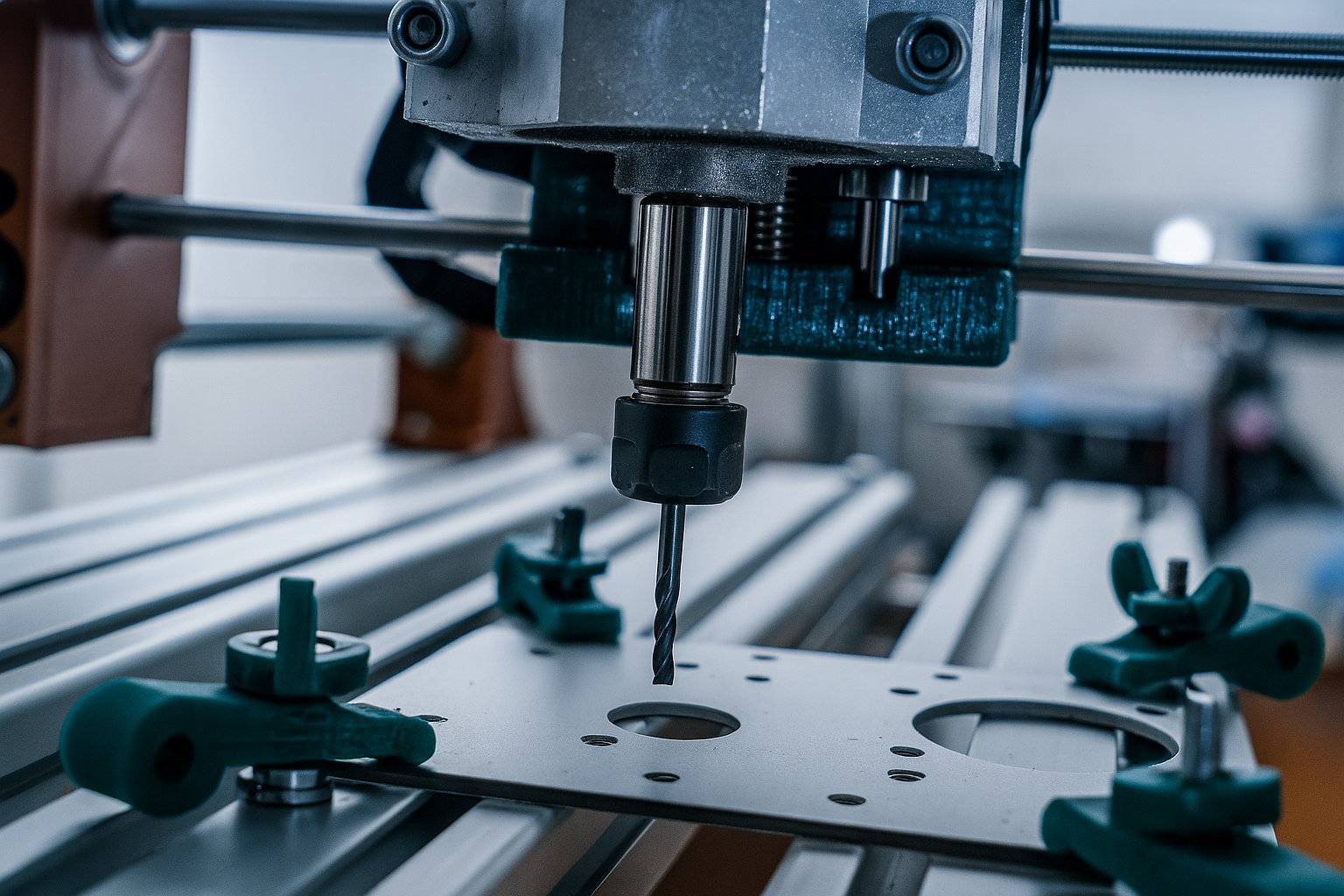
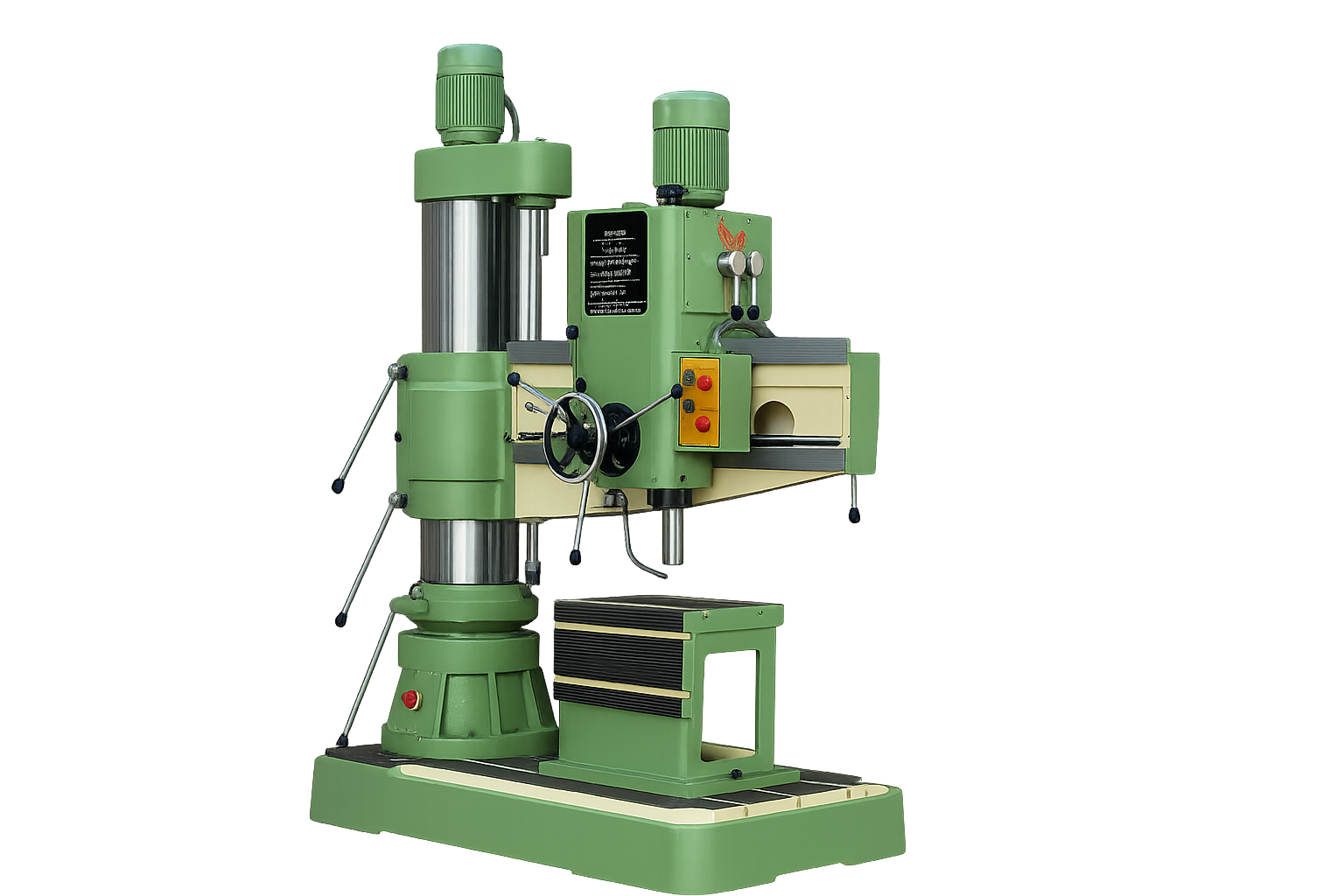
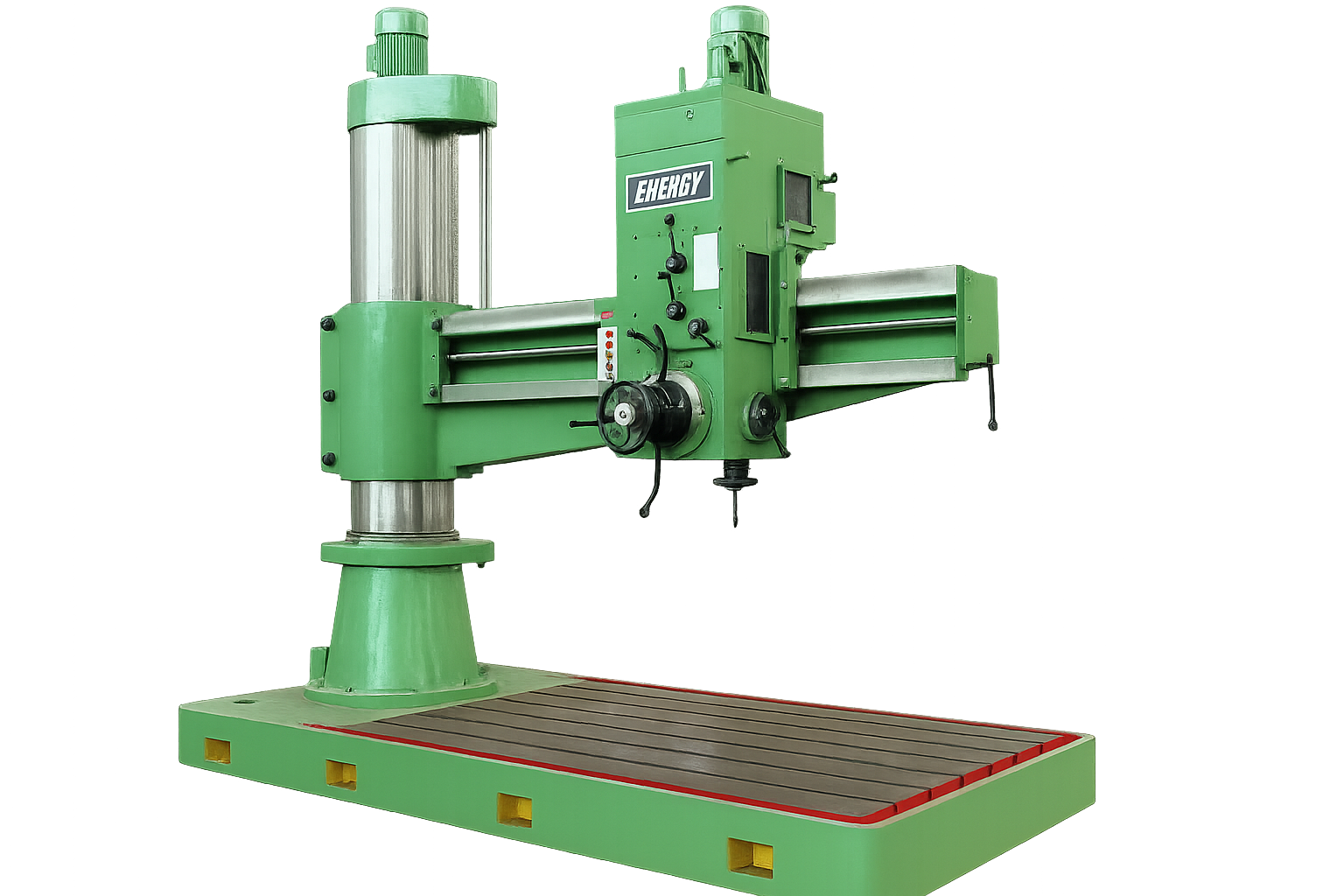
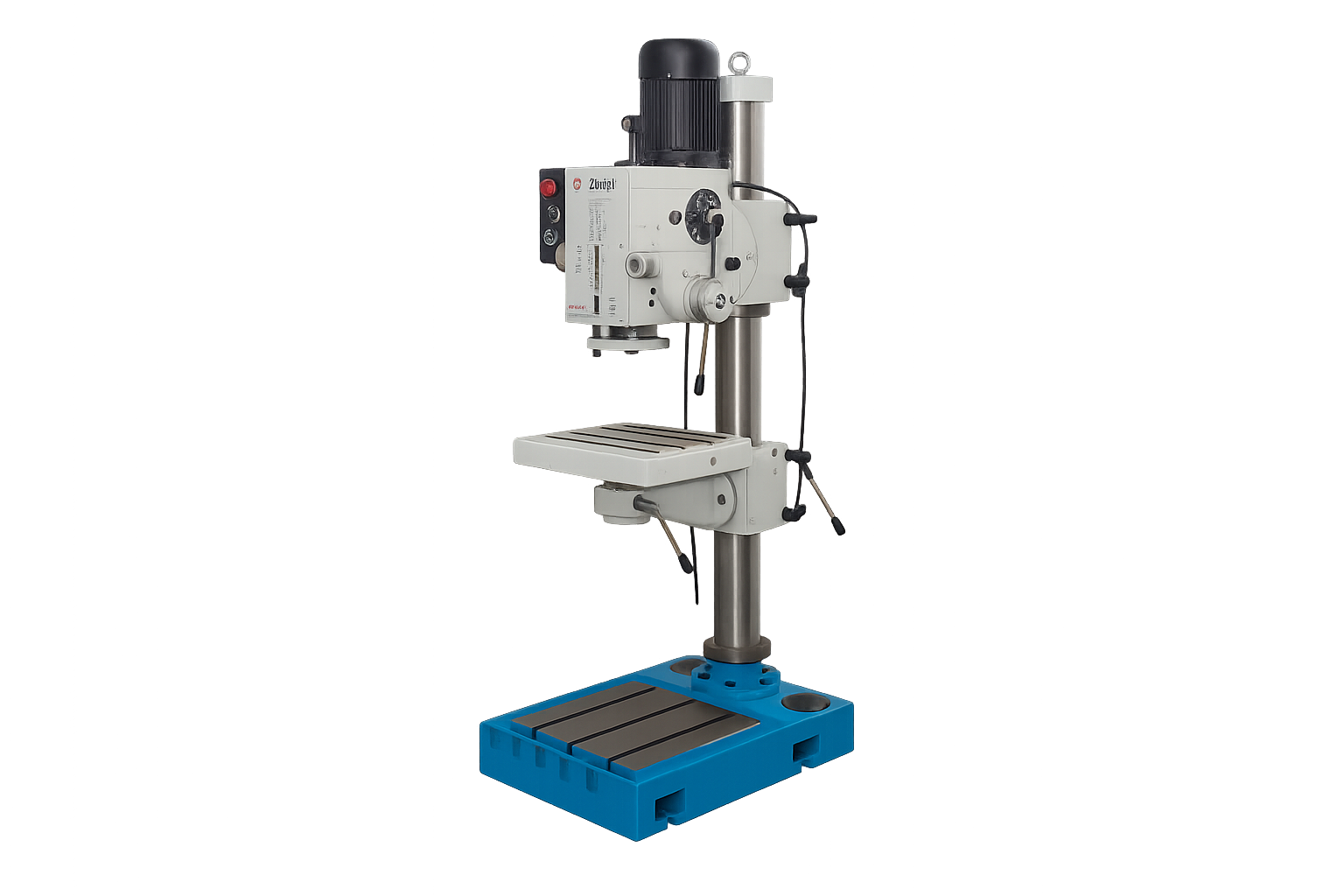
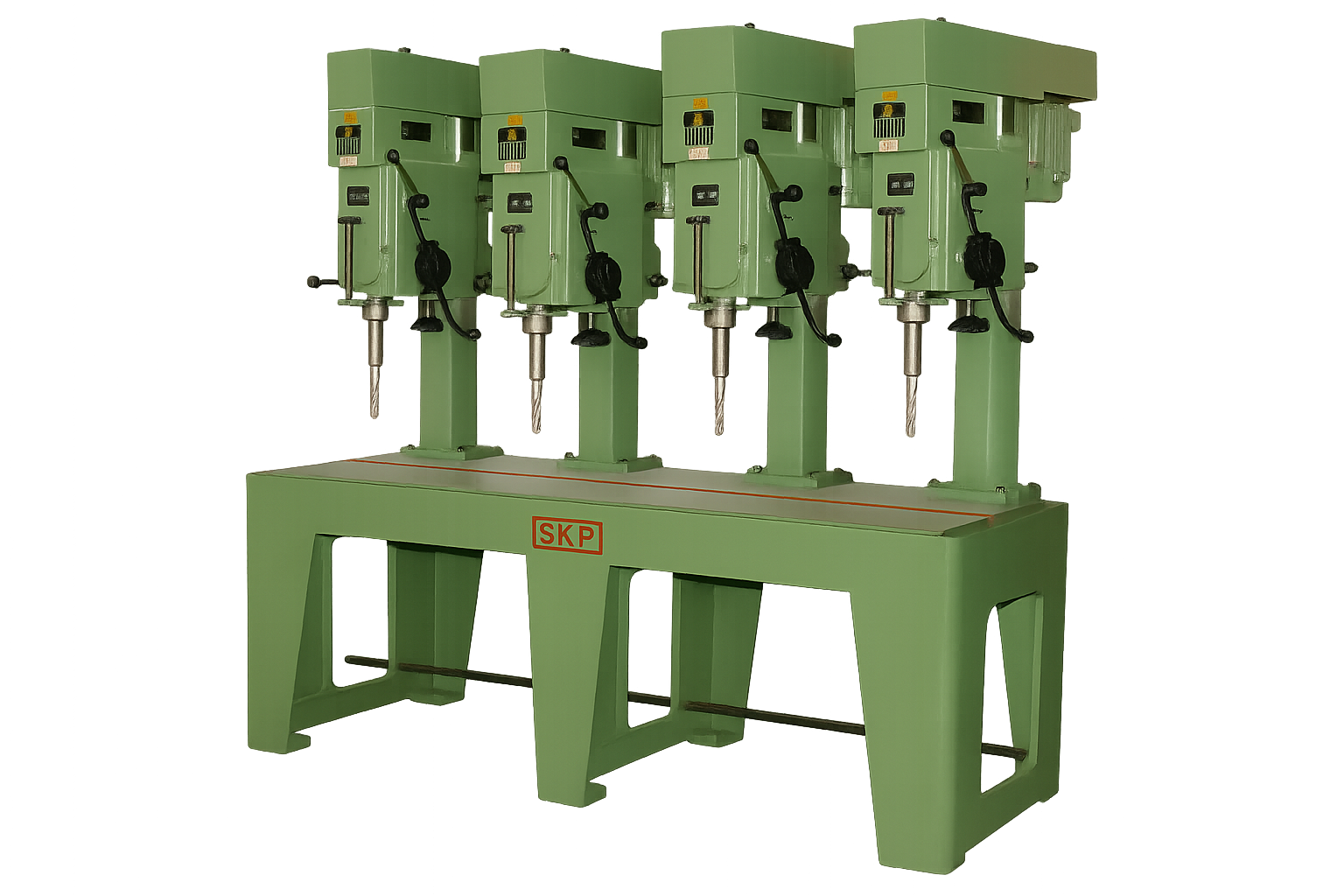
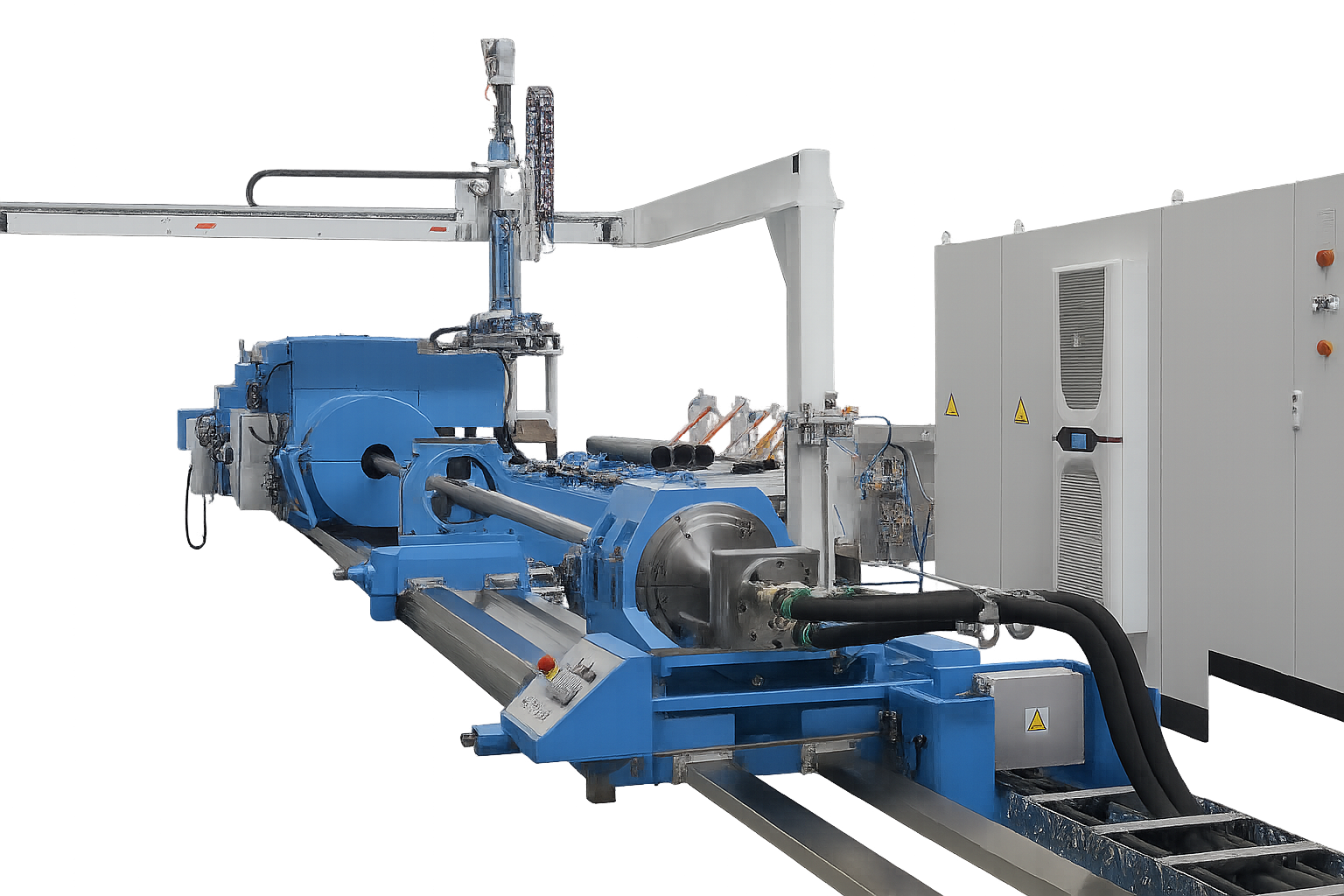
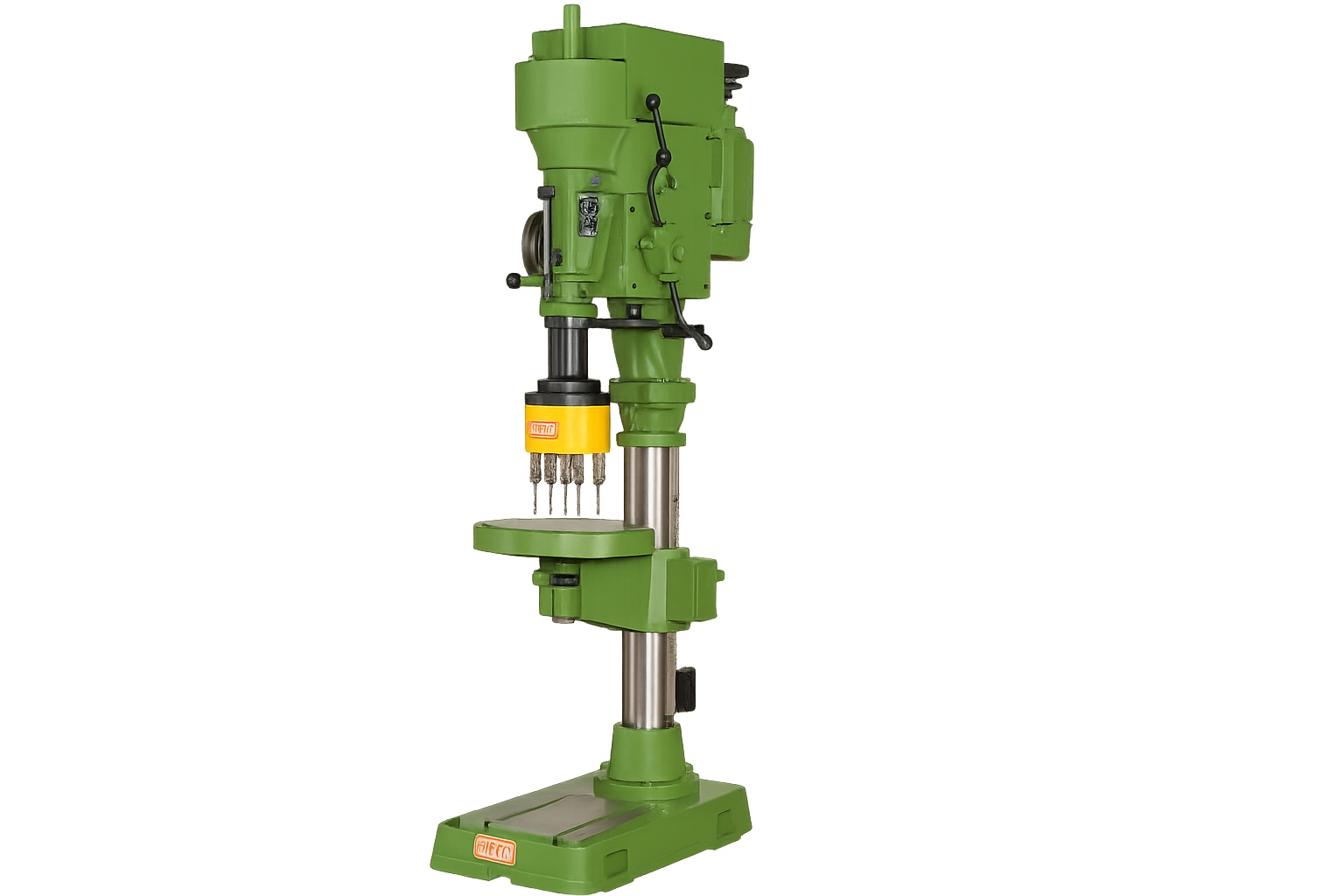
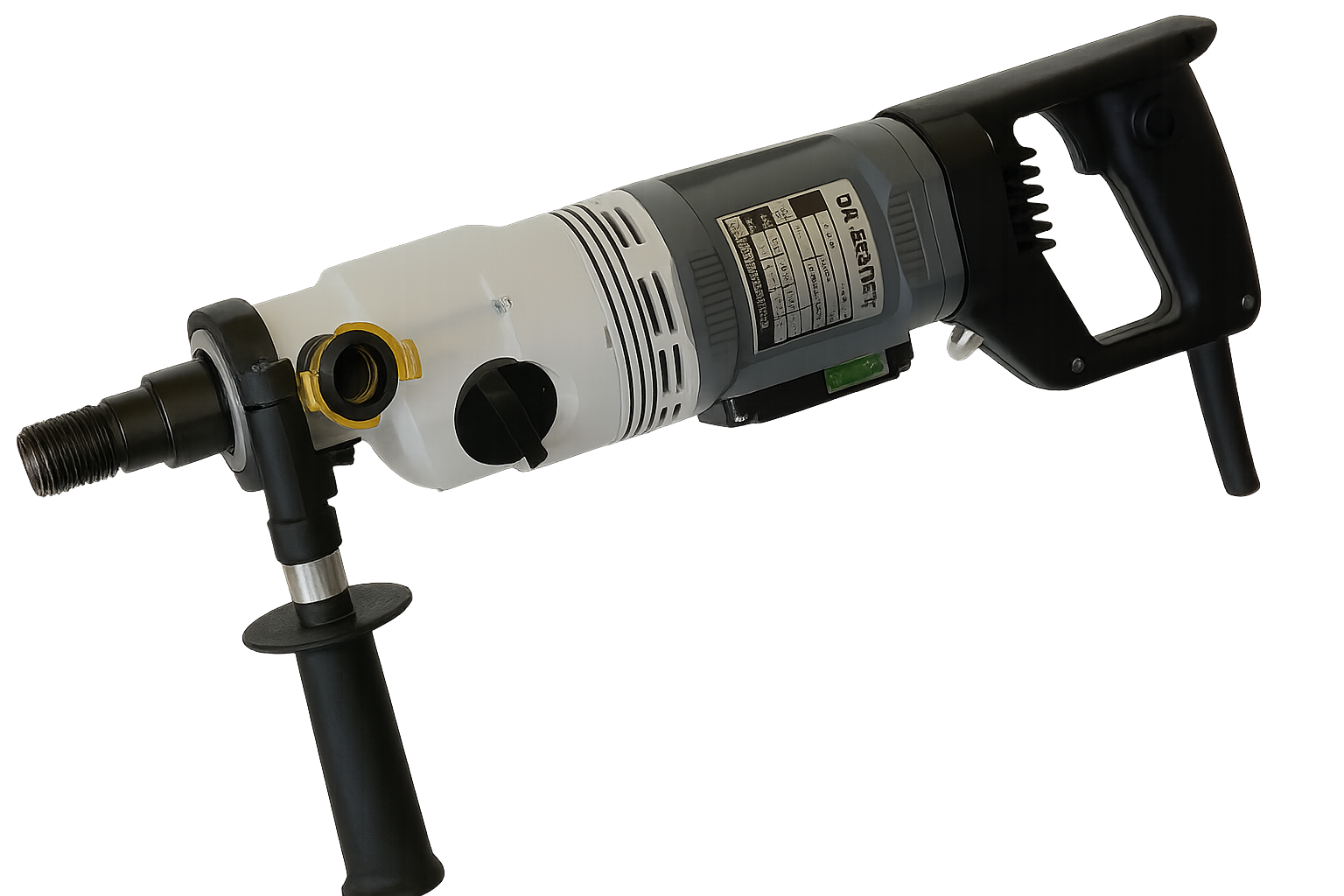
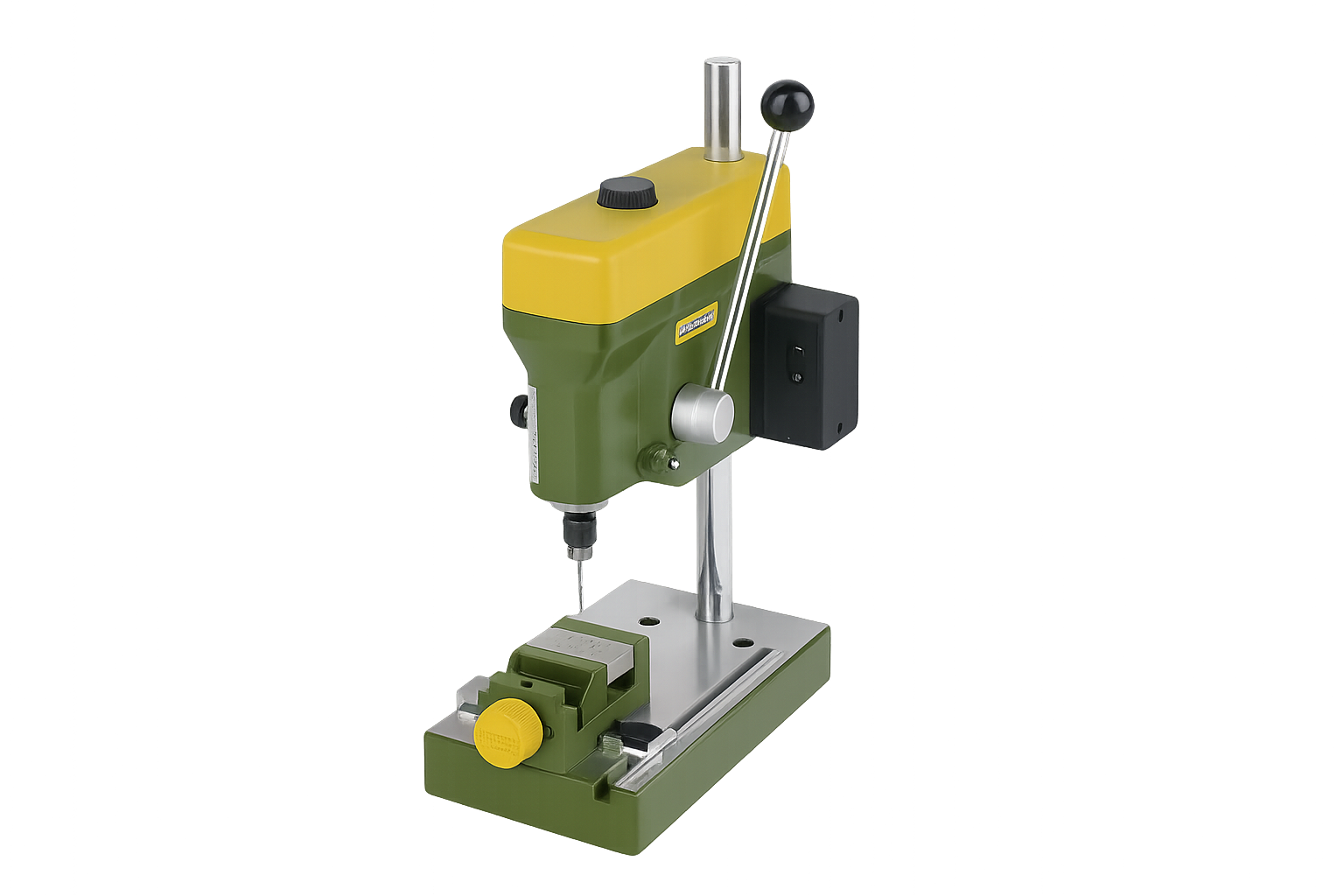
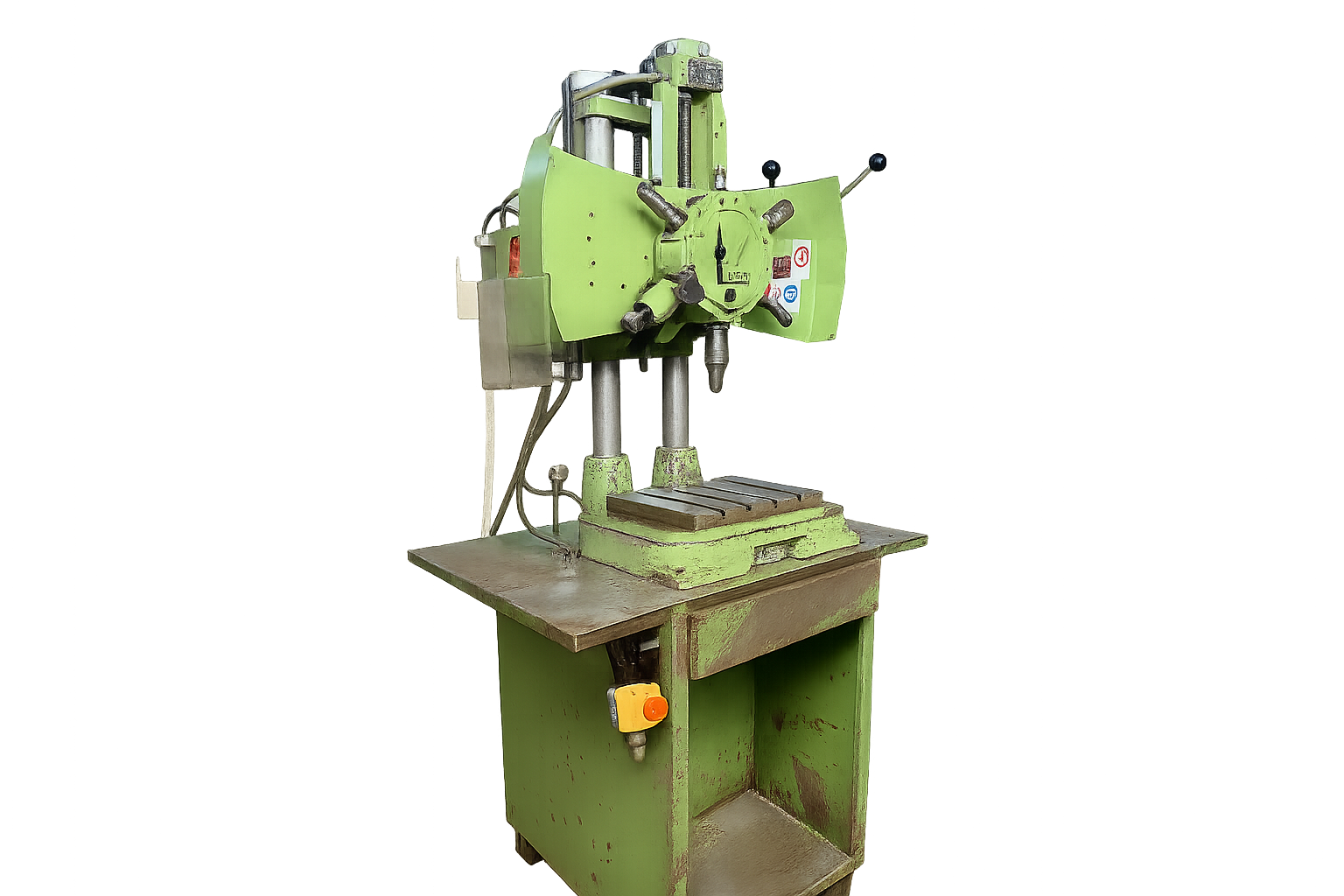
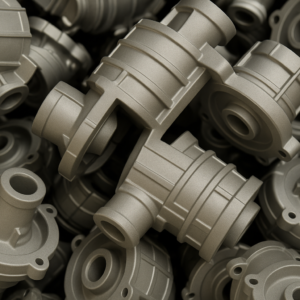
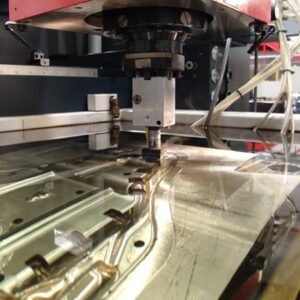
1 فكرت في "آلات الحفر: أجزاء, أنواع, ويستخدم-دليل متعمق”